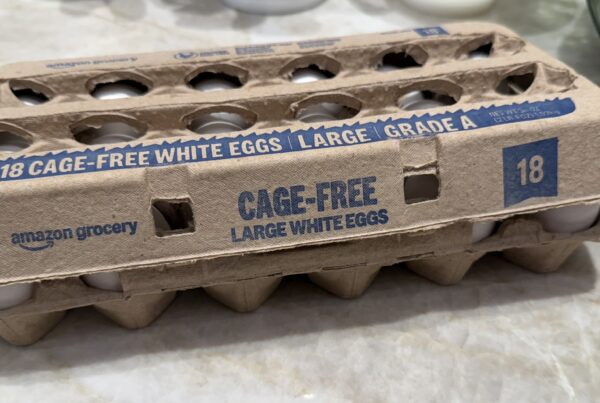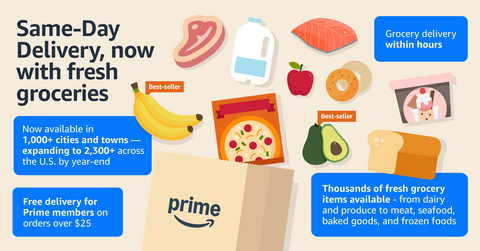March 26, 2020
David A. Wein, M.D. is the Chief of Emergency Medicine at Tampa General Hospital, System Medical Director for TeamHealth, and an Associate Professor at USF Morsani College of Medicine [he’s also my husband].
Rachel Elias Wein: Thanks for taking the time to do this with us again. I wanted to walk through a couple of more recent questions that people have sent to us at WeinPlus.
First, if I were feeling fever, cough and shortness of breath and I came to Tampa General Hospital, what would I see when I arrived?
Dr. David Wein: We are in phase three of a three-phase plan, which includes an alternative care site plus an isolation COVID-19 emergency department. In general terms, you’re assessed upon arrival and if you’re determined not to be critically ill, you’ll be assessed further and possibly tested in our alternative care site below the emergency department. Those that are critically ill or have other underlying health issues like organ transplant, or cancer would immediately go into our dedicated respiratory treatment area within the emergency department.
REW: Tell me about your relative volume in the emergency department at Tampa General and your COVID-19 volume so far.
DW: Thankfully, for about the past two to three weeks we have seen a decrease in our overall volume. The public overall has heeded the warnings not to seek care in an emergency department unless it is really necessary. We continue to take care of all of the cases that we normally handle.
However, while our overall volume has decreased, we have started to see a somewhat steady increase in people arriving with respiratory and possibly Covid-19-related illness, which is similar to what our colleagues have seen across the country.
I have spoken to colleagues in New York, Chicago, Seattle and around the Southeast and this pattern has been pretty similar elsewhere.
REW: What are the signs that isolation efforts are succeeding in slowing the spread of the virus?
DW: Each community is different, and there is a variable lag in figuring that out. What we do know is that isolation works. Other countries have used it very effectively to contain their outbreaks. In any case, we don’t have any other choice: There is no vaccine to stop the spread of this illness. We don’t have a known, effective treatment.
REW: So how do we know when we have reached a point where we no longer require further isolation?
DW: That can be a somewhat difficult public health question. Certainly, what we don’t want to see is stopping the isolation too soon. You would potentially see just a small decrease followed by a second peak.
REW: So more of an M-shaped curve if we’re not careful?
DW: It could be. Yes.
REW: Let’s move on to some other quick questions we have received. One of them is, can you get this twice?
DW: We assume probably not, based on the best knowledge we have, but it is the novel coronavirus. We do not really know how long the immunity would last. That will have to be determined using serologic testing for antibodies over time in patients who have had the virus.
REW: Is takeout food safe?
DW: Takeout is likely safe. We’re not aware that this is foodborne. Nothing is perfect. I would recommend having that takeout person leave it on the porch. You can then bring it inside and wipe down containers, bags, etc.
REW: If I have a mask, should I wear it?
DW: If you yourself are sick and are quarantined inside your home, but you have family with you, then, yes, you should wear a mask if you have one. The same is true if you’re taking care of a family member who is ill. But in all honesty, if you are in your home and caring for somebody who is sick, you have likely contracted the virus already.
Apart from those two situations, you do not need to wear a mask. However, there are some minutia here that are potentially important to understand. Technically, there are four different types of masks: levels 1-3 and then N95 respirator masks.
If you are sick, you probably don’t want to wear an N95, because they are designed to create a seal on your face. If you are sick and you cough while wearing an N95 mask, you will likely spew more virus out, because of the pressure that has built up.
Nonetheless, for healthcare workers, an N95 represents a high level of protection. If you have unopened, sterile boxes of medical-grade N95 masks—or for that matter, lower-grade surgical masks or eye shields—those should be donated to a hospital immediately.
REW: From my perspective, it’s irresponsible for people to use masks for, say, trips to Costco when those masks are in short supply among healthcare workers on the front lines.
Thank you so much, David, for taking the time to speak with us again. It was very helpful.








